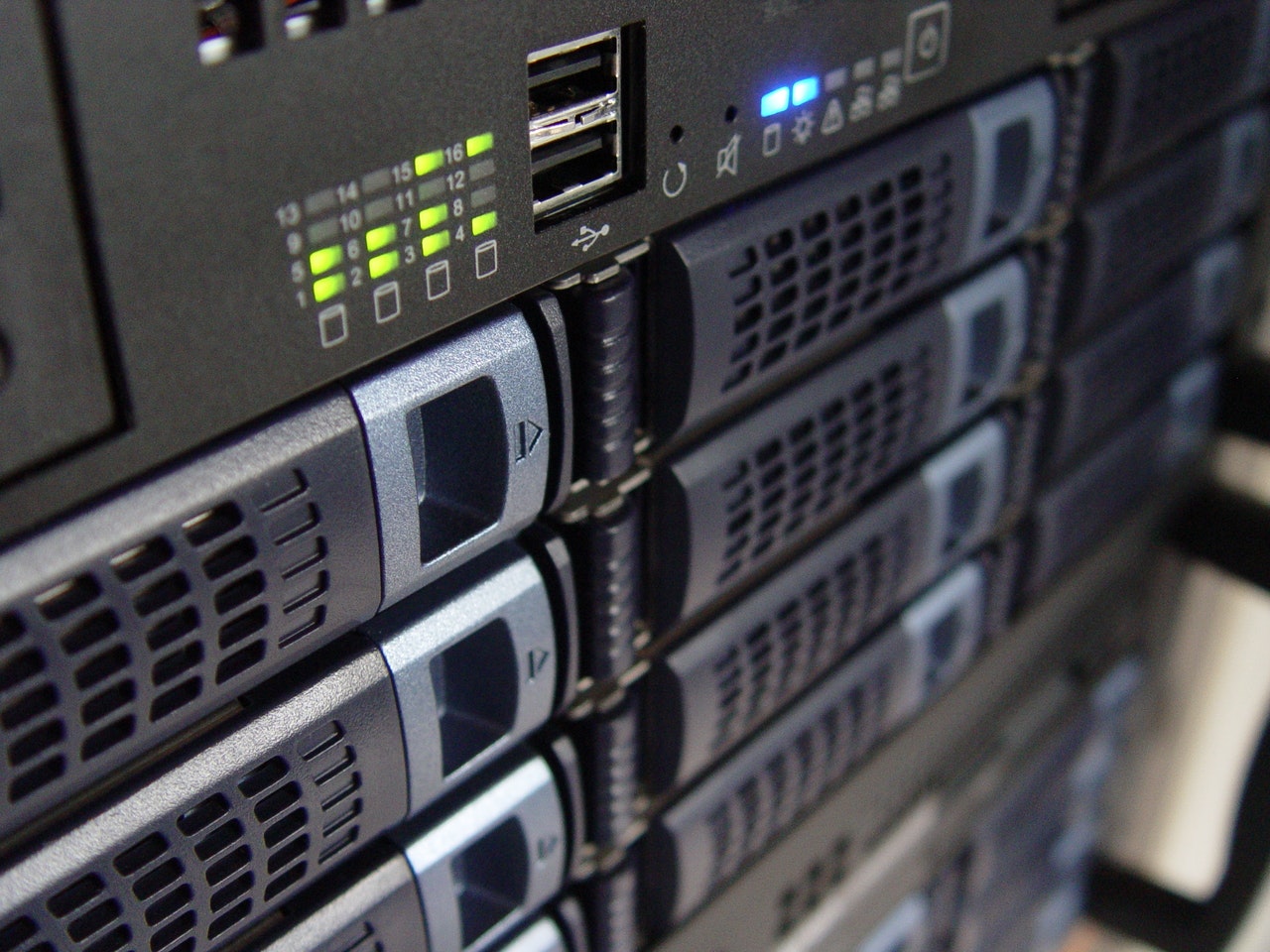
Modern data center environments are more complex and difficult to manage than ever before. As a result of supporting transformative technologies like AI, machine learning, big data, and IoT, today’s data centers need to store and analyze massive volumes and varieties of structured and unstructured data to support business innovation.
The IT resources required to meet these demands are forcing organizations to be more creative and analytic about data center capacity planning. Data center managers need to make smarter decisions about how they operate their facilities, whether these be traditional enterprise data centers, colocation data centers, edge deployments, private/public clouds, or a hybrid environment of these different options.
However, making data-driven decisions is difficult when you have multiple teams managing various aspects of your data center with their own systems. That’s where integrating disparate data center management systems can make a difference. Let’s explore some of the considerations data center managers may have when integrating Data Center Infrastructure Management (DCIM) and a configuration management database (CMDB).
What Is the Difference Between DCIM Software and CMDBs?
Although there can be some overlap between DCIM software and CMDBs, these data center software solutions are typically used for different functions within a data center.
A CMDB can be used to track the status of individual IT infrastructure components (often called configuration items, or CIs) and their relationships. A common application for CMDBs is accurate data center change management and ticketing requests, allowing data center professionals to account for and report on moves, adds, or changes.
In contrast, a comprehensive DCIM software solution typically encompasses a wider range of applications, including some aspects covered by CMDBs. Data center teams might use DCIM software for managing their asset inventory, power and environmental monitoring for their intelligent PDUs and other devices, and forecasting data center capacity. Like CMDBs, they can also track moves, adds, and changes.
The synergies between DCIM software and CMDBs make integrating these two systems an effective way to address the issues that arise from disparate data center management databases.
What Are Some Key Challenges of Separate DCIM Software and CMDB Systems?
Maintaining separate data center management systems creates several challenges. These include:
- Disparate data sources for analytics. To be able to make data-driven decisions, data center managers need to be able to easily and accurately analyze and derive insights from all data available to them. When data is stored across separate DCIM and CMDB systems, that data may be entered and updated by different people or in ways specific to the system. For example, an “asset ID” in one system might be referred to as an “asset tag” in another. Alternatively, fields that are the same in both systems may have different data entered in each of them. As a result, it can be difficult to ensure data accuracy and cleanliness, leading to incorrect or misguided analysis.
- Information silos. Different data center teams may only have access to their specific systems or they may intentionally keep data private or on a “need-to-know” basis. Unfortunately, functional blockages can lead to data silos that can keep members of other data center teams from making informed decisions.
- Security and compliance issues. Having multiple DCIM and CMDB systems means that user permissions and other data center security management problems need to be managed separately for each database. This can lead to problems with users having incorrect privileges and increases the chance of security breaches. It can also add complexity to ensuring compliance with company guidelines and industry regulations.
Integrating DCIM software with CMDBs doesn’t just help you avoid these issues; it also can bring to light several improvements that benefit all teams across the organization.
What Are the Benefits of Integrating DCIM Software with CMDB?
Some of the benefits of integrating DCIM software with a CMDB system include:
- Improved data accuracy. CMDB integration with DCIM software creates a single source of truth for your data, so users of either system will not need to worry about whether the data they are using is the most accurate and up to date or if there’s another version of the same data in a different system.
- Increased productivity. When DCIM software is integrated with a CMDB, information entered in one system can be pushed automatically to the other. Since data does not have to be entered into multiple systems, data center teams will not be wasting their time updating one database after the other or cross-checking the data against other information sources.
- Complete access to all data center data. Integrating data center management software and CMDB breaks down information silos so data center teams no longer have access to an incomplete picture of the data available to them. Once they have all the data, they can leverage data center business intelligence and analytics tools built in to the DCIM software to derive insights and make data-driven decisions.
- Simpler data center security management practices. Having these two data center management systems integrated dramatically simplifies the need to maintain user permissions and ensure that security policies are being met. Some users may only need access to one system, but they will still be able to see all the relevant data.
Maximizing the value of your data is critical for managing today’s data centers. However, with different teams and disparate systems for separate areas of the data center, it’s difficult to standardize on a few common tools that everyone can use across the organization. Integrating your CMDB and DCIM software can address challenges that derail your efforts to break down data silos and instead ensure that you have the information you need to make data-driven decisions about your data center operations.
Want to learn real-world tips from IDC and other data center experts on breaking down data silos by successfully integrating DCIM with CMDB? Register now for our upcoming webinar, “Enabling a Single Source of Truth with DCIM and CMDB,” on Tuesday, November 6 at 2 PM ET.




























